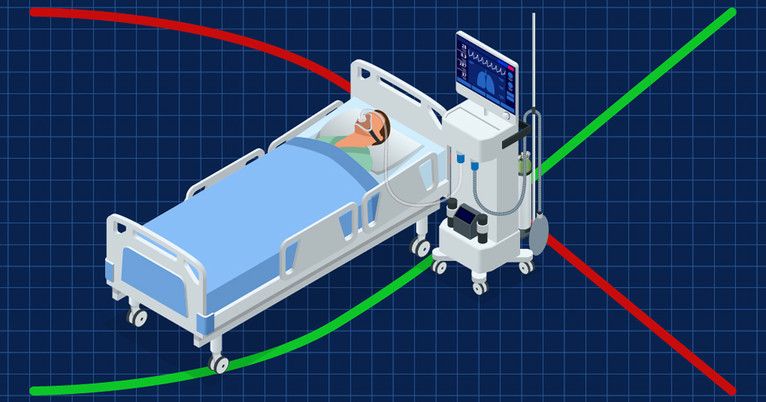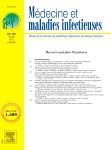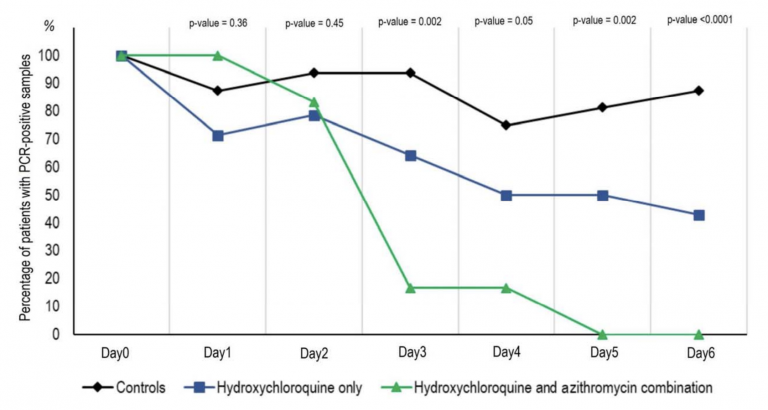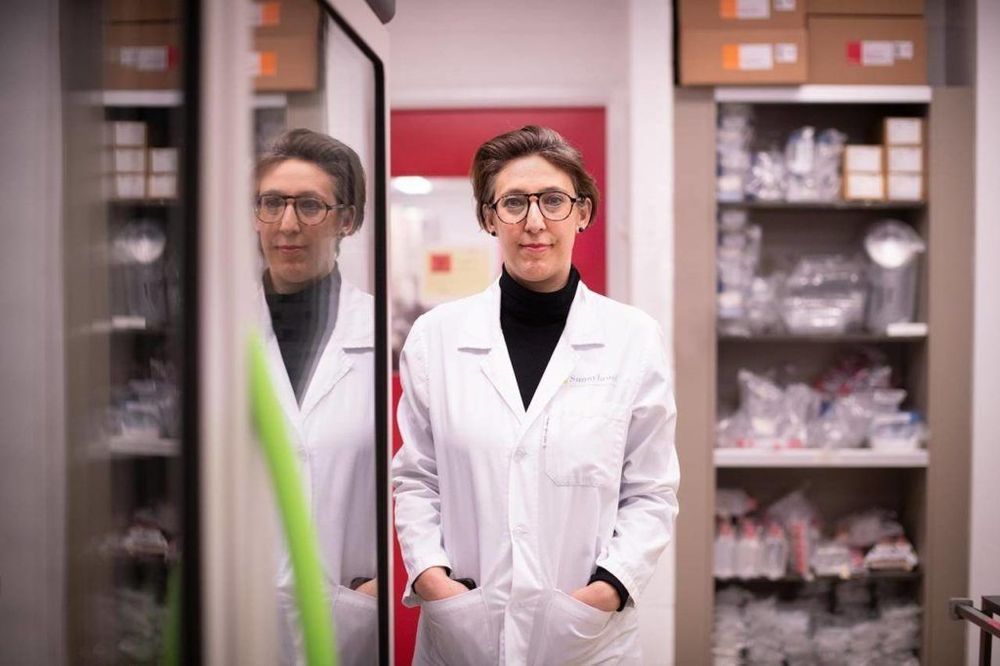In addition to self isolation, widespread testing to identify asymptomatic spreaders is needed. YaleNews:
The conclusion of a new Yale-led study is clear: Without dramatic action, there won’t be enough beds for the sickest COVID-19 patients.


We use cookies to help provide and enhance our service and tailor content and ads. By continuing you agree to the use of cookies.
Copyright © 2020 Elsevier B.V. or its licensors or contributors. ScienceDirect ® is a registered trademark of Elsevier B.V.
ScienceDirect ® is a registered trademark of Elsevier B.V.

This is the latest Lifeboat Foundation update on our worldwide pandemic.
It is also at https://www.facebook.com/groups/lifeboatfoundation/permalink/10158811699298455.
Key summary of this report:
Following these four recommendations should improve everyone’s chances by a factor of 16 and get this pandemic under control. (All percentages are approximate, of course.) Such recommendations would bring the end to our extreme quarantines.
VENTILATORS
Ventilators can be shared in an emergency by 2 to 8 patients each. Simply sharing with 2 people plus following our four recommendations will increase the overall ventilator supply by a factor of 32. Learn more at https://www.nytimes.com/2020/03/26/health/coronavirus-ventilator-sharing.html.
Patients are experiencing death rates as high as 80% on ventilators as discussed at https://time.com/5818547/ventilators-coronavirus. (50% is the best death rate being recorded anywhere.)
It is estimated that only 20–30% of coronavirus patients who are having problems breathing have the typical Acute Respiratory Distress Syndrome (ARDS) that calls for a ventilator. A CT scan will help identify such patients. Learn more at https://www.esicm.org/wp-content/uploads/2020/04/684_author-proof.pdf.
We recommend that the following be tried before a ventilator:
Don’t despair: In just 45 seconds, U.S. Surgeon General Dr. Jerome Adams demonstrates how to make your own cloth facemask.
It’s lo-tech. You can use a T-shirt, hand towel, or bandana. The only other thing you need is rubber bands.
The CDC now recommends wearing cloth face masks in public places where it’s difficult to social distance from others — meaning staying at least six feet away.

The ongoing fight against the COVID-19 pandemic could get a boost if Canadians paid more attention to the relative humidity levels in public and private spaces, according to a growing body of international research.
Doctors, scientists and engineers agree that sufficient indoor air moisture levels can have a powerful but little-understood effect on the transmission of airborne diseases. While the novel coronavirus that causes COVID-19 is currently treated as one that’s transmitted through droplet infection rather than the air, research on exactly how it passes between humans is still underway.
Most buildings, however, fall short of the recommended threshold of 40 to 60 per cent relative humidity, particularly in countries with colder, dryer climates such as Canada.

The human cerebral cortex is important for cognition, and it is of interest to see how genetic variants affect its structure. Grasby et al. combined genetic data with brain magnetic resonance imaging from more than 50,000 people to generate a genome-wide analysis of how human genetic variation influences human cortical surface area and thickness. From this analysis, they identified variants associated with cortical structure, some of which affect signaling and gene expression. They observed overlap between genetic loci affecting cortical structure, brain development, and neuropsychiatric disease, and the correlation between these phenotypes is of interest for further study.
Science, this issue p. eaay6690.

An international team led by University of British Columbia researcher Dr. Josef Penninger has found a trial drug that effectively blocks the cellular door SARS-CoV-2 uses to infect its hosts.
The findings, published today in Cell, hold promise as a treatment capable of stopping early infection of the novel coronavirus that, as of April 2, has affected more than 981,000 people and claimed the lives of 50,000 people worldwide.

“As the virologist who was part of the team who were first to isolate and share SARS-COV2 outside of China in January 2020, I am excited about the prospect of Ivermectin being used as a potential drug against COVID-19,” Leon Caly, senior medical scientist at the Victorian Infectious Diseases Reference Laboratory (VIDRL) at the Doherty Institute, said.
A vaccine for COVID-19 is likely still at least a year out, despite research teams across the world fast tracking work on potential vaccines. But that doesn’t mean we’re doomed.
“In times when we’re having a global pandemic and there isn’t an approved treatment, if we had a compound that was already available around the world then that might help people sooner,” Wagstaff said in the statement. “Realistically it’s going to be a while before a vaccine is broadly available.”

The Federal Bureau of Investigation’s New York office recently sent out an alert to local authorities warning of extremist groups it said are encouraging their members to spread the novel coronavirus to police and Jewish people, ABC News reported.
According to the news agency, the alert, which was reportedly issued on Thursday, said that “members of extremist groups are encouraging one another to spread the virus, if contracted, through bodily fluids and personal interactions.”
The alert reportedly warned that the racist groups were urging their members to go to places where Jewish people “may be congregated, to include markets, political offices, businesses and places of worship.”
